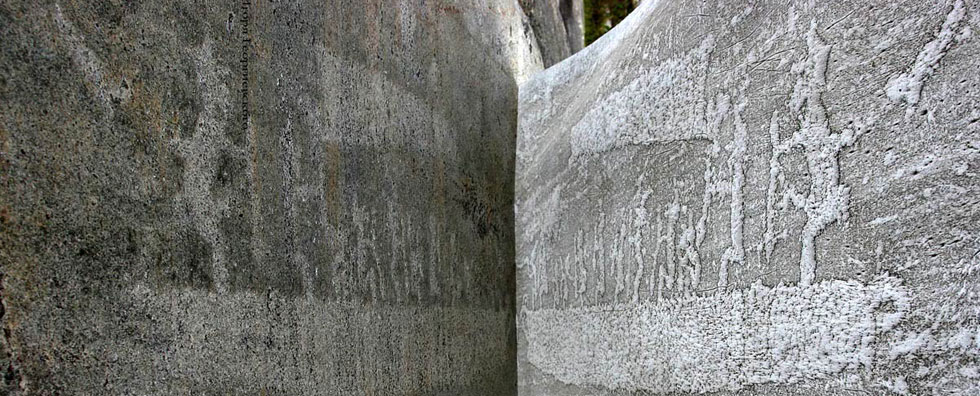
Issue №1, Vol. 17
Tihonov E., Bazykin V., Mukhanov N. Improving the reliability and service life of the pneumatic distributor for distributing feed to cages // Resources and Technology. 2020. №1, Vol. 17. P. 89‒104.
DOI: 10.15393/j2.art.2020.5202
Improving the reliability and service life of the pneumatic distributor for distributing feed to cages
| Tihonov Evgeniy | Petrosavodsk state university, tihonov@psu.karelia.ru |
| Bazykin Valentin | Institute of agroengineering and environmental problems of agricultural production, valentine-bazykin@mail.ru |
| Mukhanov Nikolai | Ivanovo state agricultural academy named after Dmitry Belyaev, nikem81@rambler.ru |
|
Key words: feeding fish in cages feed systems pneumatic systems |
Summary: In this paper we consider the engineering aspects of improving the technical means of effective delivery of feed to fish cages. The analysis of the design of rotary feeders, which are widely used in industrial fish farming, is performed. Their disadvantages are analyzed and possible ways to improve reliability are identified: rotor dynamic balancing and elimination of moving parts in the feed feeder design. The design of the feed feeder without moving parts is proposed, which provides the required parameters of the quality of feed distribution in cages and at the same time has high reliability and almost unlimited service life. To justify the design parameters of the feed feeder, we developed design factors that affect the feed distribution process (the height of the pipe cut, the height of the cone position, the radius of curvature of the generator), and an integral criterion for evaluating the quality of feed distribution. The integral criterion includes an assessment of the effective area of feed distribution in the tank and its uniformity. A numerical multi-factor study was performed and the optimal values of design factors were determined with the maximum value of the integral criterion that determines the efficiency of the feed distribution process in cages. Based on the results of processing the obtained data, the high quality of feed distribution in cages and the prospects of the proposed design of the feed feeder as a whole were determined. |
Displays: 1302; Downloads: 750;




